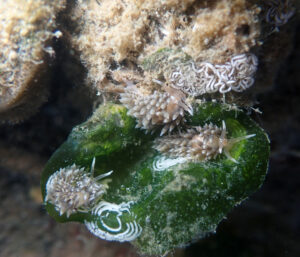On the first rain-soaked day of the season, I walked around Oakland’s Lake Merritt to try to envision its coming makeover. After four years of planning, construction is scheduled to begin this spring on several projects associated with Measure DD, a $198 million clean water and safe parks bond passed overwhelmingly by Oakland voters in 2002.
Arguably the most exciting project will be the freeing of the tides at the 12th Street Bridge, along the lake’s southwest side. The 150-foot-long culverts that currently restrict tidal flow will be replaced by a clear-span bridge to let the tides come and go at their lunar-inspired leisure. The 12-lane expressway above the culverts is being redesigned into a six-lane, tree-lined boulevard set back from a new four-acre park. A bicycle lane and a separate footpath will take the place of the current pedestrian tunnels.
Even though Lake Merritt is no longer the 1,300-foot-wide slough it was only 150 years ago, there are still plenty of native plants and animals holding on here. Mussels cling to the vertical riprap at water level. Several healthy gumplants—bushes associated with upland marsh habitat—grow horizontally out of the riprap. Many bird species found in larger Bay Area wetlands can be found at Lake Merritt: Cormorants stretch and dry their wings, a white pelican cleans its feathers, mallards perform watery headstands, and, as usual, Canada geese act like they own the place.
As I walked, the setting sun swabbed the sky with pinks and blues. The lake’s necklace of lights came on, and a pastel twilight settled over a handful of black-crowned night-herons perched atop the small islands halfway around the lake, where hundreds of birds roost and nest. Over the years, conditions on these islands have deteriorated due to poor soils and aggressive nonnative plants, but now, thanks to a $1 million Coastal Conservancy grant, the islands are also slated for restoration.
Once the 12th Street project is finished, the tides will flow freely in a channel widened from 60 to 100 feet, and the lake’s high tide will likely be 1.4 feet higher and the ebb 1.24 feet lower. Increased tidal flow will help flush the lake and improve water quality for wildlife. It will also allow boaters to pass right under the bridge and paddle out to Oakland Inner Harbor and the Bay.
“Instead of just seeing an urban lake, the community will observe that Lake Merritt is connected to a much larger ecosystem,” says Joel Peter, City of Oakland Project DD program supervisor.

.jpg)
